
My favorite book in high school was The Reign of the Phallus: Sexual Politics in Ancient Athens by Eva Keuls. This book “exposed” how phallic representation dominated almost every aspect of public Greek life.
I was obsessed with this book because it encapsulated so much of the 80s-90s Alaskan ideology of my upbringing, where the ceremony was laid at the altar of all things big, aggressive, and phallic. (Think lifted trucks, massive bonfires, guns, axes, chainsaws, etc.)
As a hyper-sensitive, testosterone-deprived, geographically isolated, medically fragile, redheaded alien child, I needed to do research on this phenomenon so I could pretend to be “normal” and get invited to parties.
When my community college offered this book as a course, I signed up. I was in high school and the only student in the class. My middle-aged, long-haired, spectacle-wearing instructor sat across from me in a chair and lectured while I took notes so as not to awkwardly have to look at him while he repeatedly said the word “phallus.”
It turns out that Athens was not the only one obsessed with the phallus. So are the rest of y’all freaks.
A recent social media trend prompted women to ask the men in their lives how often they think about Ancient Rome. They found that they think about Rome at least a few times a month to several times a day, so much that it was recently parodied on SNL.
Why are men obsessed with ancient Rome? Historians have thoughts:
The first thing that comes to mind is “an image of the Roman legion, the imperial eagle and that sort of military aspect — along with gladiators, which has a long association with masculinity and power,” Hannah Cornwell, a historian of the ancient world at Britain’s Birmingham University, said. (Washington Post)
Okay, so men in the Anglosphere check their masculinity against Roman gladiators. (WWAGD = What would a gladiator do?)
The Greek and Roman Empires laid the foundation for modern-day patriarchy. Romans colonized with violence; white people colonized with violence. In Alaska, Native boarding schools didn’t permanently close until the mid-1980s.

According to Maureen Patricia Hogan in The Real Alaska: Nostalgia and Rural Masculinity in the Last Frontier, masculine traits were and still are especially desirable in white Alaskan culture.
The phallus colonized all, even women. (Gender, as we know, is a cultural construct.)
Growing up in Alaska, that meant:
“tomboy” was a compliment but “sissy” and “pussy” were insults
“bros before hoes” was The Way
physicality and competition were championed and celebrated
girls were distrustful and competitive with each other
boys ran the parties and ski hill, organized the hunts, fishing trips, etc.
when I asked my guy friends if I could join them on a hunt, they said no, because I was “a girl”
extra-curriculars specific to girls were masculine or male-centered, such as cheerleading and drill team (essentially military-style dancing)
the jocks took over the school play, while the roles given to the girls were those of religious shrew or “Hot Box Dancer”
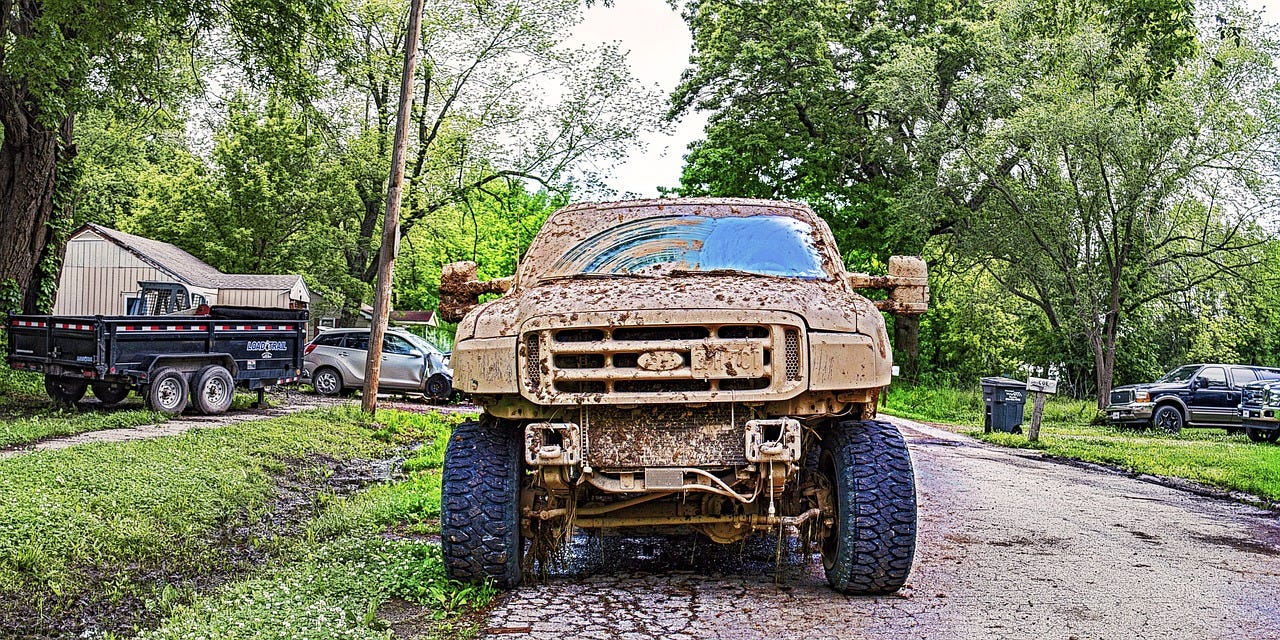
More “masculine” traits, such as power, strength, speed, toughness, logic, assertiveness, and confidence, were valued. Girls and women who exhibited these traits also had more clout. More “feminine” qualities like softness, vulnerability, intuition, and creativity were considered weak or weird.
But what about a pale mouth-breather who is more moon than sun, more night than day, more water than rock, more sponge than steel? Where do they fit?
I named this space the Feral Stack with the intention of examining culture, shedding values and practices that no longer serve us, and creating new ones that do. My education in cultural anthropology and fifteen years of living outside Anglo-American culture stemmed from an early interest in ancient civilizations.
In high school I took my first belly dance class, where my instructors Kathleen Gamble and Diana taught me that people once upon a time worshiped a female god. Before the establishment of the five major modern-day religions, the world was matriarchal and matrifocal. God looked like a woman. Belly dancing was a manifestation of that, a celebration of female divinity.
Feminine divinity?! What did this mean?! Could it mean that freaks like me once held a seat at the table?
In Alaska, you were supposed to be strong, tough, assertive, and confident, not soft and vulnerable. But maybe, in a world where god was feminine, such qualities were desirable… for everyone.
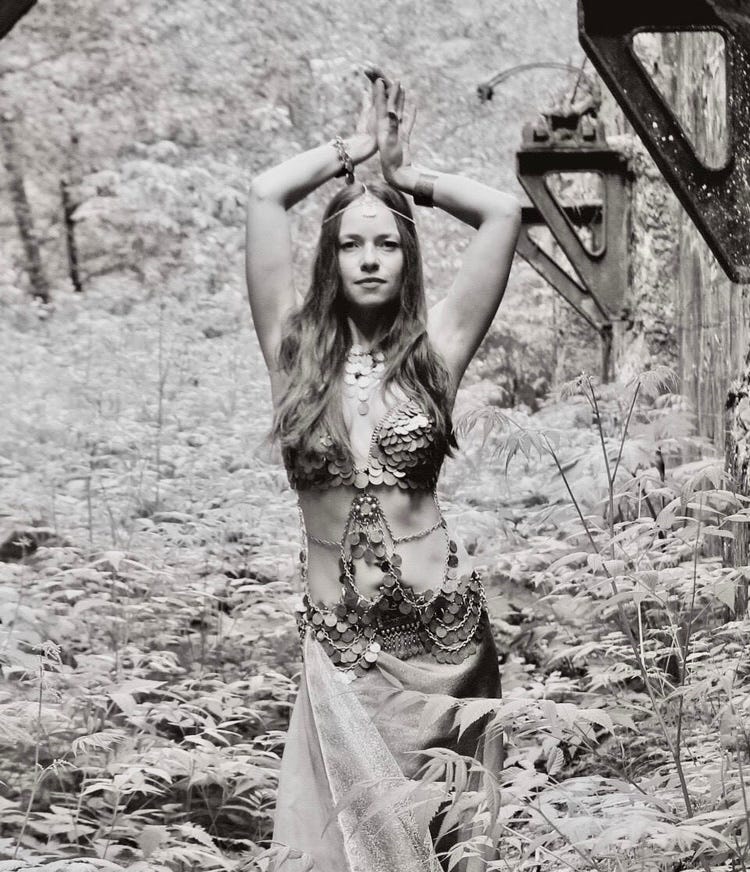
I joined my local belly dance troupe, Daughters of the New Moon, to imagine such a world. Maybe by dancing, I could manifest a world where femininity was considered divine.
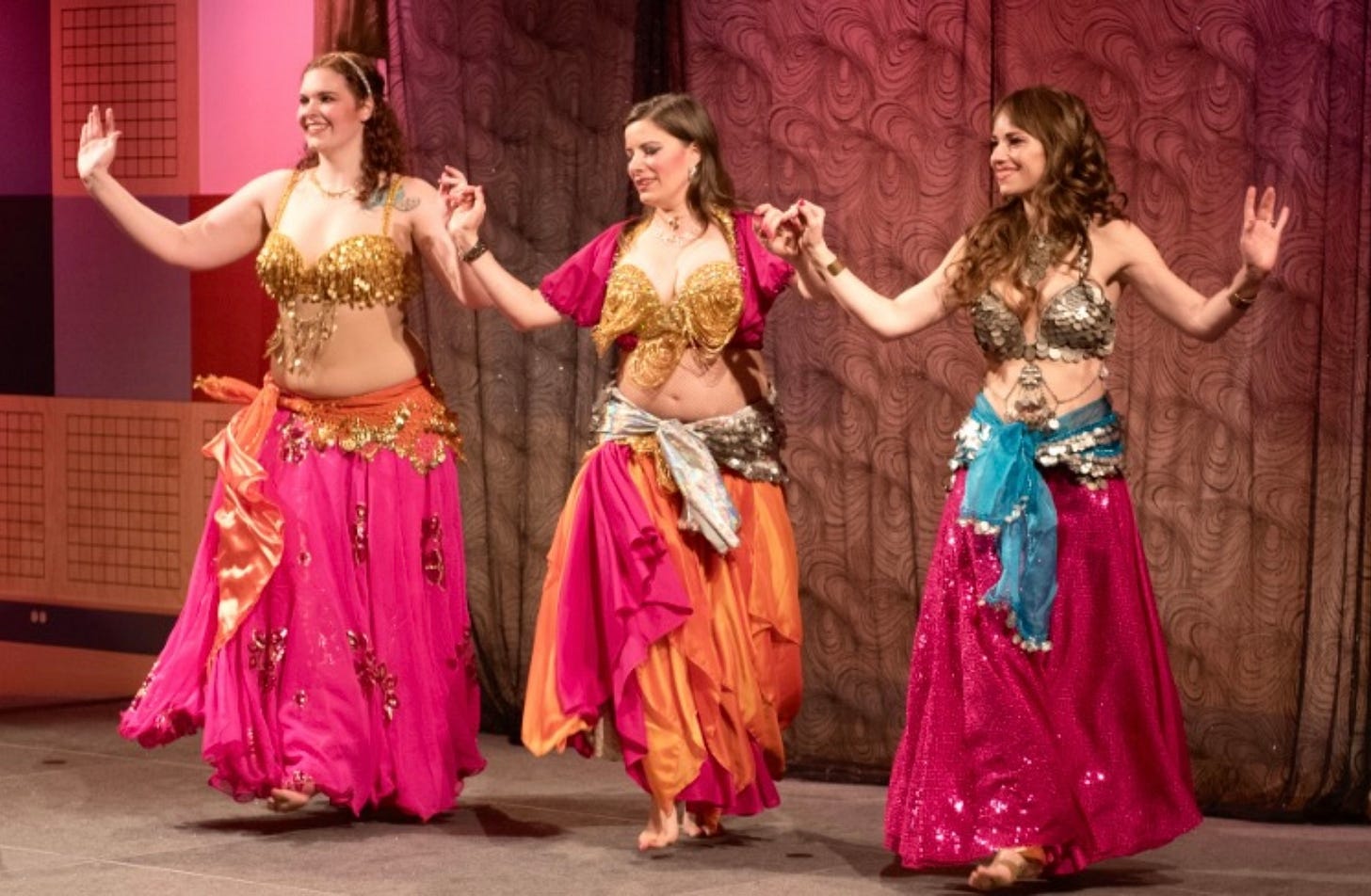
I wondered what kind of world we could create if “feminine” qualities such as compassion, empathy, vulnerability, and humility were the hallmark values of corporations and governments.
where more traditionally “feminine” avenues like teaching received as much funding as traditionally masculine vocations
where doing and watching theater was as popular as football
where sisters before misters replaced bros before hoes
where boys who dress “like girls” are no more remarkable than girls who dress “like boys”
where we funded our schools as much as we did our defense department
What if this were our metaphor:
Instead of this:

Or, better yet, what about this skunk cabbage, which is both male and female?
Eventually, I learned to adopt the way of the phallus. I stopped belly dancing and learned to speak with more words like “bro” and “dude” and vocal fry and walk like I’d gotten off a horse. I bought my multiple pairs of Carhartts and learned to pack my own kayak and do outdoorsy stuff, not just bougie shit like act and play piano and do math algorithms and use a thesaurus.
I learned to be independent, strong, assertive, and aloof, like a dude. I wore an oversized man’s leather jacket, which made me feel powerful and safe. I got invited to parties.
Next week, we’ll discuss ways that culture is evolving with Bad Bunny in drag, the loving Kens in the Ryan Gosling Oscar performance, and changing beauty standards.
If you like my stuff, please consider becoming a paid subscriber. It shows you value independent writing and the time it takes to compose it.
Thank you, love you, and big LOVE for those who’ve opted into paid!
<3, Summer
:: If you liked this post, please smash the heart so more people can discover it. ::
Thank you to these generous subscribers and their sweet testimonials!

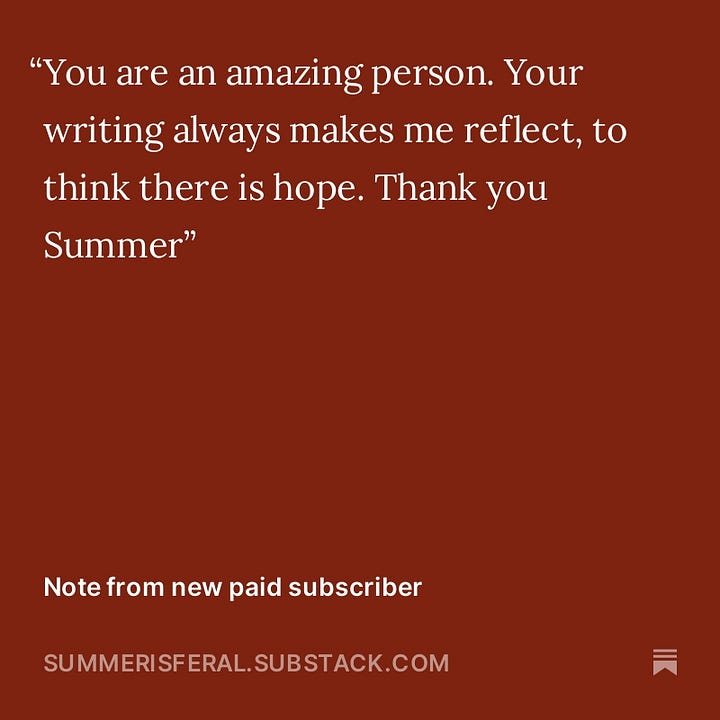



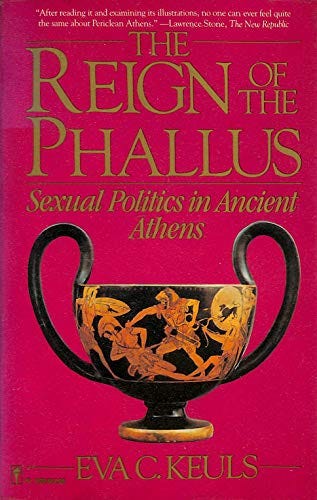
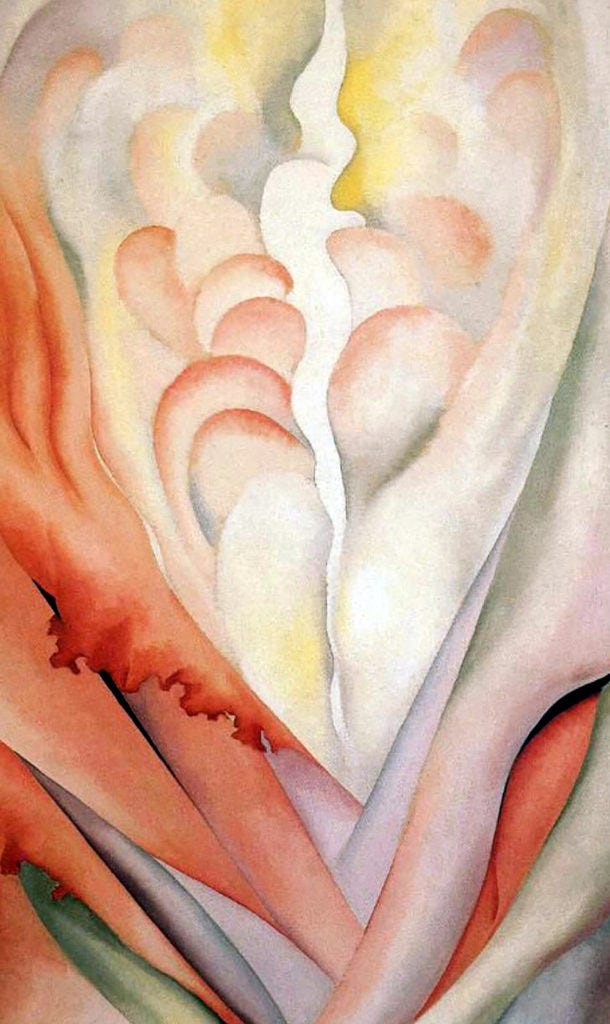
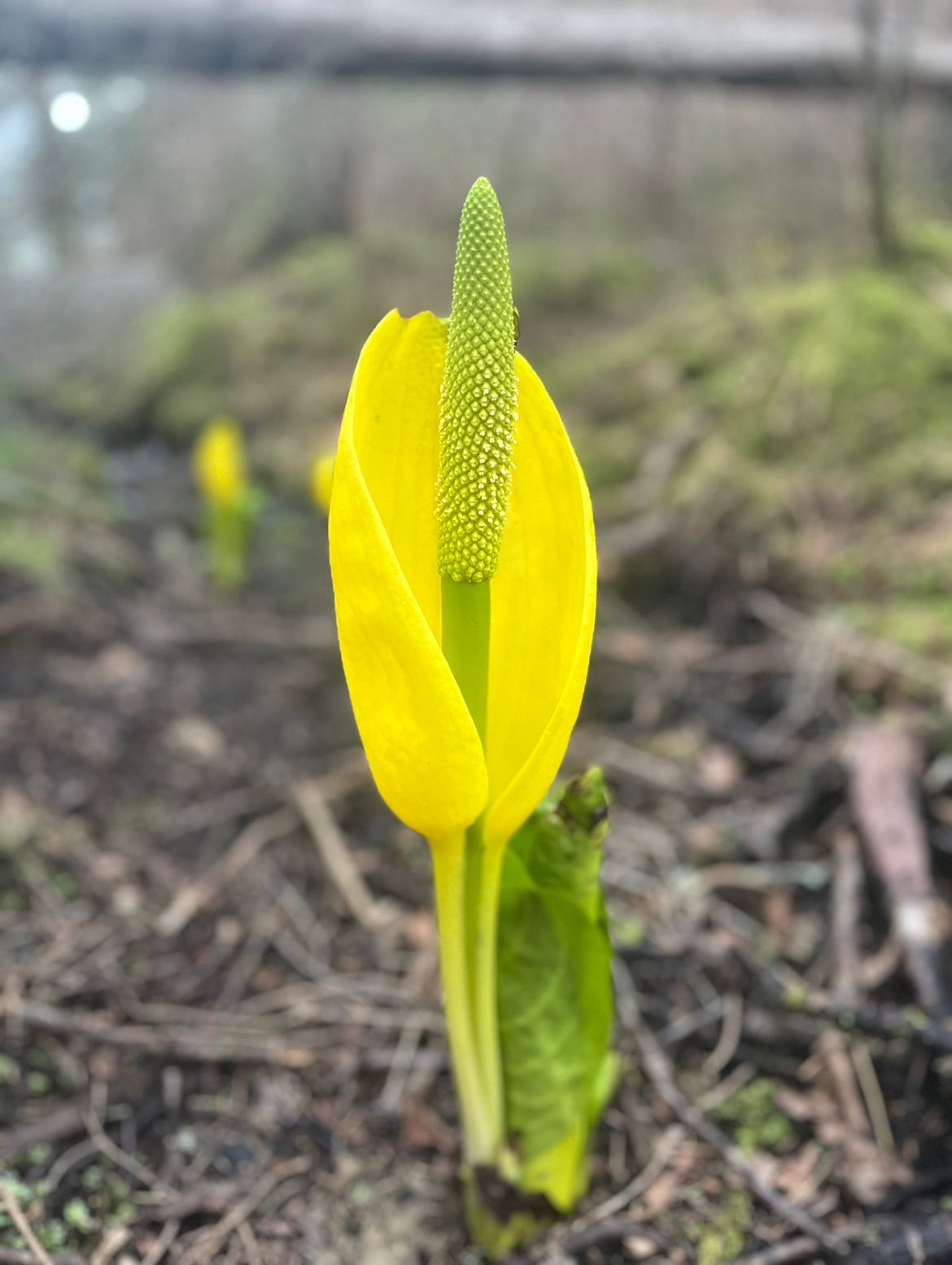
Thanks for diving into this, Summer. I remember that 90s AK culture. Now they're all grown up and have money for bigger trucks 😂
I've always found it kind of funny that our little human brains had to gender divinity in order for 'god' to make sense to us. The act of making god male is a comically insecure deed with the specific intent to subjugate women.
If any man had bothered to be in the room when a woman gave birth, he would know how little he could know of creation.
Yes to all of this 🙌🏽. I wholeheartedly believe that the Greco-Roman foundation for an institutional structure warped the entire way we view women (the true builders) and their power. This whole system bred a conflict between the more masculine women and more feminine women, hence the competitive nature of groups, mean girls etc. Anywho I love your points and thank you for taking the time to put this together 🙏🏽💜🍑